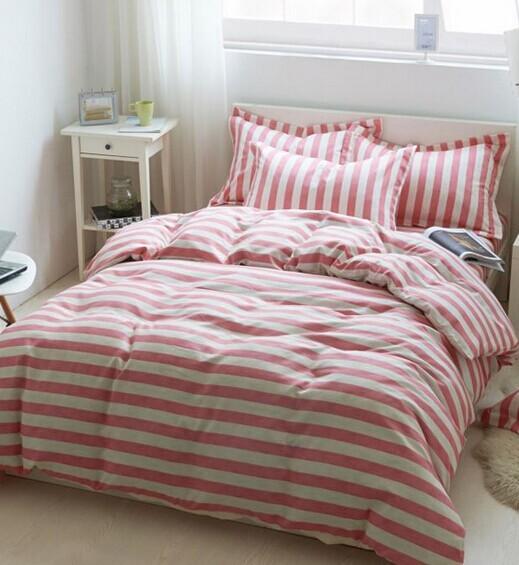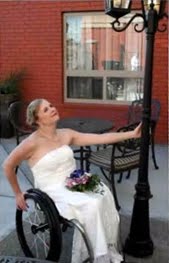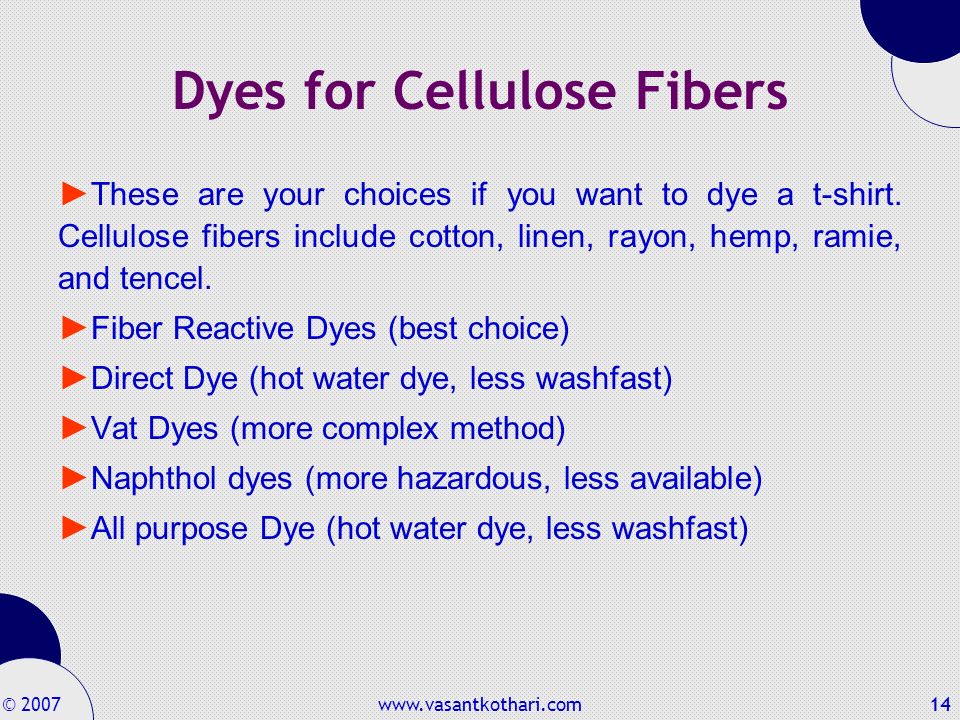Washfast On Nylon Than Disperse
Descriptions of the different types of dye that can be used to dye protein fibers and nylon.
Descriptions of the different types of dye that can be used to dye protein fibers and nylon.





This property of a dye determines how much dye is exhausted on to the fiber under neutral conditions [3]. AFFINITY Attraction between two items, in dyeing affinity essentially means the preferential attraction of the dye for the fiber rather than for the solution of the dye bath.
This property of a dye determines how much dye is exhausted on to the fiber under neutral conditions [3]. AFFINITY Attraction between two items, in dyeing affinity essentially means the preferential attraction of the dye for the fiber rather than for the solution of the dye bath.
This property of a dye determines how much dye is exhausted on to the fiber under neutral conditions [3]. AFFINITY Attraction between two items, in dyeing affinity essentially means the preferential attraction of the dye for the fiber rather than for the solution of the dye bath.

Using vinegar or acetic acid for dyeing. Vinegar is a mild acid, the most commonly available household acid. While vinegar can be made from many different sources, such as apple cider, malt, wine, and so on, the purest form of vinegar is distilled white vinegar.
Using vinegar or acetic acid for dyeing. Vinegar is a mild acid, the most commonly available household acid. While vinegar can be made from many different sources, such as apple cider, malt, wine, and so on, the purest form of vinegar is distilled white vinegar.

Using vinegar or acetic acid for dyeing. Vinegar is a mild acid, the most commonly available household acid. While vinegar can be made from many different sources, such as apple cider, malt, wine, and so on, the purest form of vinegar is distilled white vinegar.
Using vinegar or acetic acid for dyeing. Vinegar is a mild acid, the most commonly available household acid. While vinegar can be made from many different sources, such as apple cider, malt, wine, and so on, the purest form of vinegar is distilled white vinegar.


Descriptions of the different types of dye that can be used to dye protein fibers and nylon.
